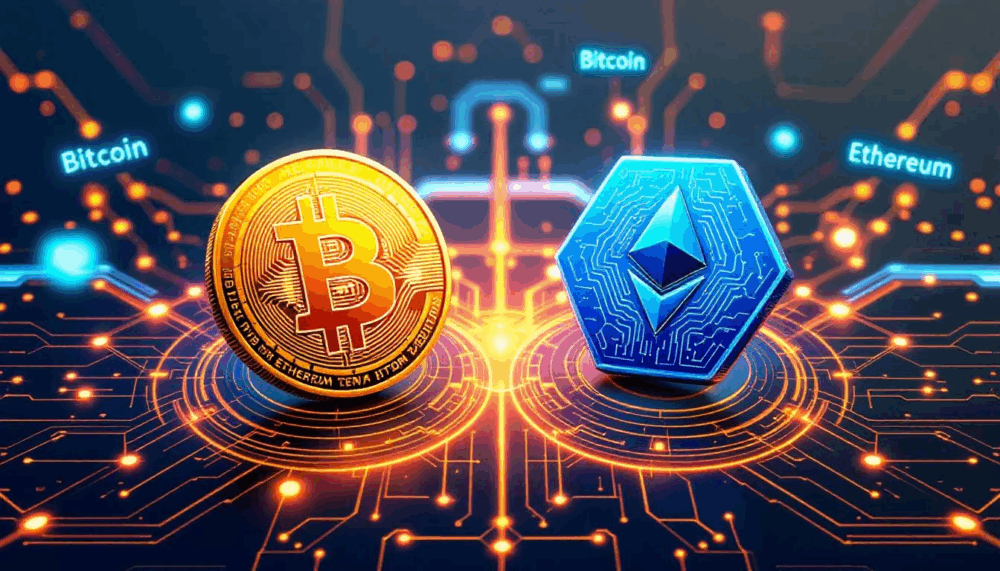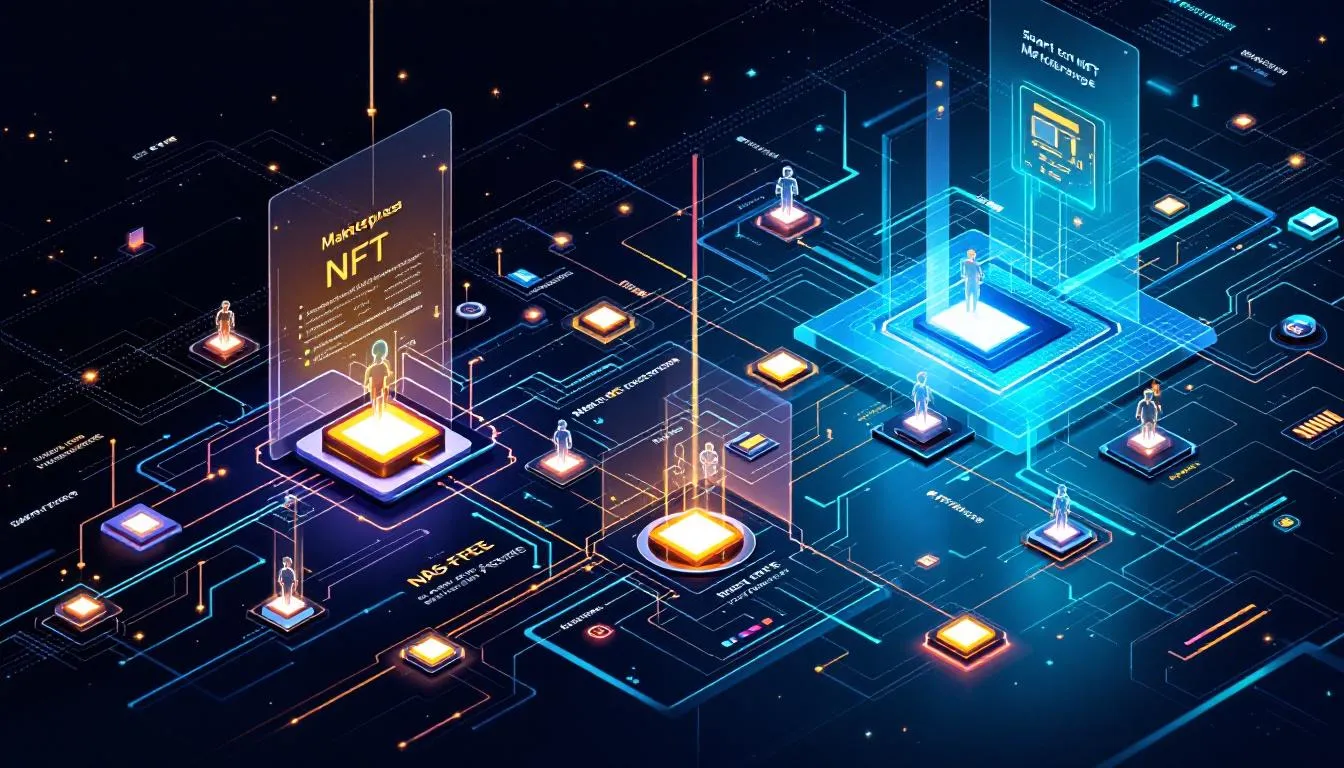Decentralized Finance, or DeFi as it’s commonly known, represents a seismic shift in the financial landscape. By leveraging blockchain technology, DeFi has emerged as a powerful and disruptive force, challenging traditional financial institutions by offering an open and inclusive alternative.
A Deeper Understanding of Decentralized Finance
Decentralized Finance is an innovative model of finance that operates independently of traditional, centralized institutions. Built on blockchain technology, particularly Ethereum, DeFi applications aim to disrupt the existing financial system by providing a permissionless, transparent, and highly efficient alternative.
In essence, DeFi aims to democratize finance, making services like lending, borrowing, and trading accessible to all, regardless of their geographical location or economic status. It eliminates intermediaries, reduces costs, and increases the speed of transactions.
The Core Components of DeFi
Let’s delve into the fundamental elements that constitute the DeFi ecosystem:
Smart Contracts
These self-executing contracts with the terms of the agreement directly written into code are the backbone of DeFi. They automate and enforce the contract’s execution, increasing efficiency and reducing the need for intermediaries.
Decentralized Exchanges (DEXs)
Unlike traditional exchanges, DEXs facilitate peer-to-peer trading directly on the blockchain. This eradicates the need for a central authority, reducing costs and enhancing transaction speed.
Stablecoins
In the volatile crypto market, stablecoins offer a sense of stability as they are pegged to stable assets like the US dollar. They are integral to many DeFi applications.
Lending Platforms
DeFi lending platforms are automated and operate on smart contracts. They allow users to lend or borrow assets directly, earning or paying interest respectively.
Yield Farming
Yield farming, also known as liquidity mining, is a way to generate rewards with cryptocurrency holdings. It involves lending your holdings to others through the smart contract system.
Wrapped Bitcoins (WBTC)
Wrapped Bitcoins bring the value of Bitcoin to the DeFi ecosystem. They are ERC-20 tokens on the Ethereum blockchain, representing Bitcoin.
The Potential of DeFi: Changing the Financial Landscape
Decentralized Finance holds immense potential. It can foster financial inclusion, providing access to financial services for unbanked populations worldwide. DeFi also promotes open banking, breaking down barriers and creating a more interconnected financial system.
However, the DeFi space is not without its risks and challenges. These include smart contract vulnerabilities, scalability issues, and regulatory uncertainties. Despite these challenges, the potential rewards of the DeFi revolution are substantial, making it a key area to watch in the blockchain space.
Summary
Navigating the DeFi Landscape: Tokenization and Liquidity Pools
Another concept vital to the DeFi ecosystem is tokenization. Tokenization is the process of digitally representing real-world assets, like commodities or real estate, on a blockchain. This not only makes these assets easier to trade but also opens up opportunities for fractional ownership.
Tokenization: Bridging the Physical and Digital Worlds
In the DeFi ecosystem, tokenization plays a crucial role in unlocking liquidity and facilitating the free movement of assets. By converting tangible and intangible assets into tokens, ownership becomes more transparent and transfers more efficient. Whether it’s gold, property, or intellectual property, tokenization can represent it on the blockchain.
Liquidity Pools: Fueling the DeFi Engine
Liquidity pools are another central component of the DeFi landscape. They are pools of tokens locked in a smart contract, providing liquidity for decentralized exchanges. Users can join a pool by depositing an equivalent value of two tokens. In return, they earn transaction fees based on the proportion of their share in the pool.
Liquidity pools help solve the issue of illiquidity in decentralized exchanges. They operate based on a formula that automatically determines the price of an asset based on its supply and demand, ensuring trades are always possible.
The Significance of DeFi Governance
One of the distinguishing features of DeFi is its emphasis on community governance. Most DeFi protocols have a governance token that gives holders the right to vote on changes to the protocol. This aligns with the ethos of decentralization, as it ensures that the power lies in the hands of the community rather than a central authority.
DAOs: The Future of Organizational Structure?
Decentralized Autonomous Organizations (DAOs) are the epitome of community governance in DeFi. DAOs are organizations governed by smart contracts and a set of rules agreed upon by their members. DAOs are transparent, democratic, and resistant to censorship, representing a new paradigm for organizational structure.
Summary
In summary, DeFi is not just about building a new financial system; it’s about creating a system that is open, transparent, and above all, decentralized. It’s about democratizing access to financial services and empowering individuals worldwide. The journey is just beginning, and the future of DeFi holds limitless possibilities.








